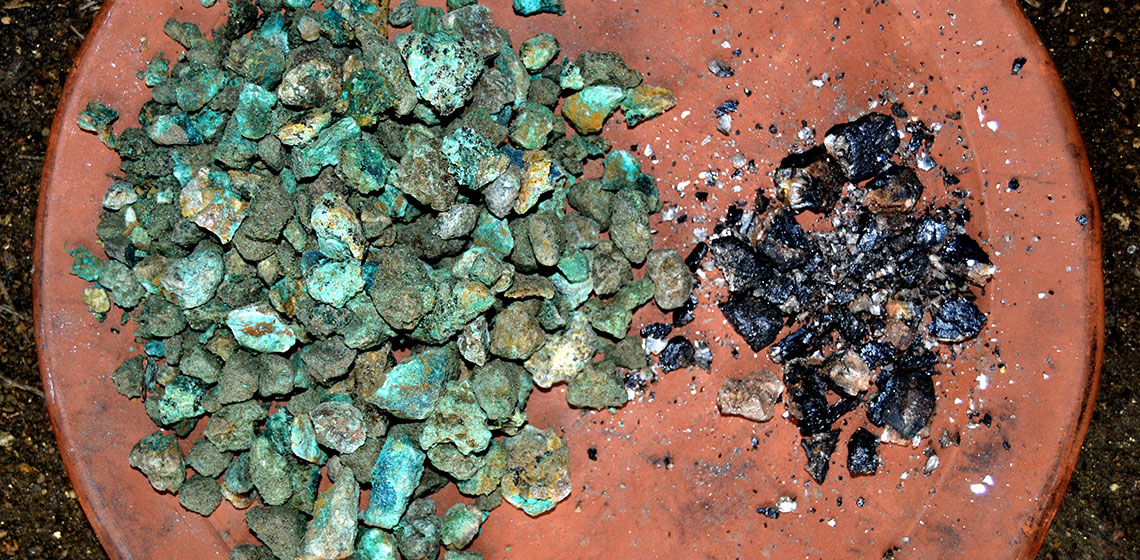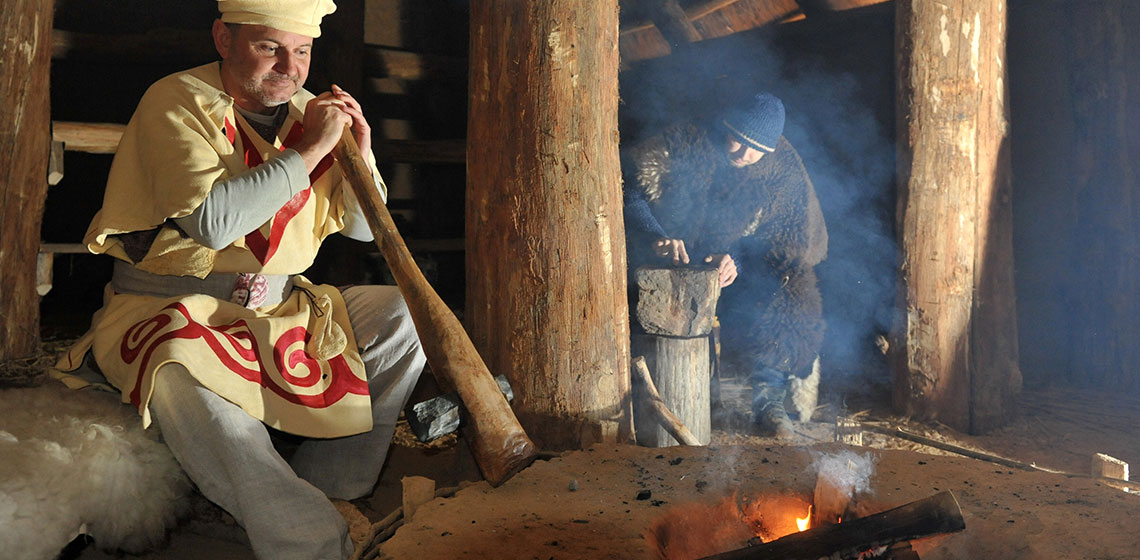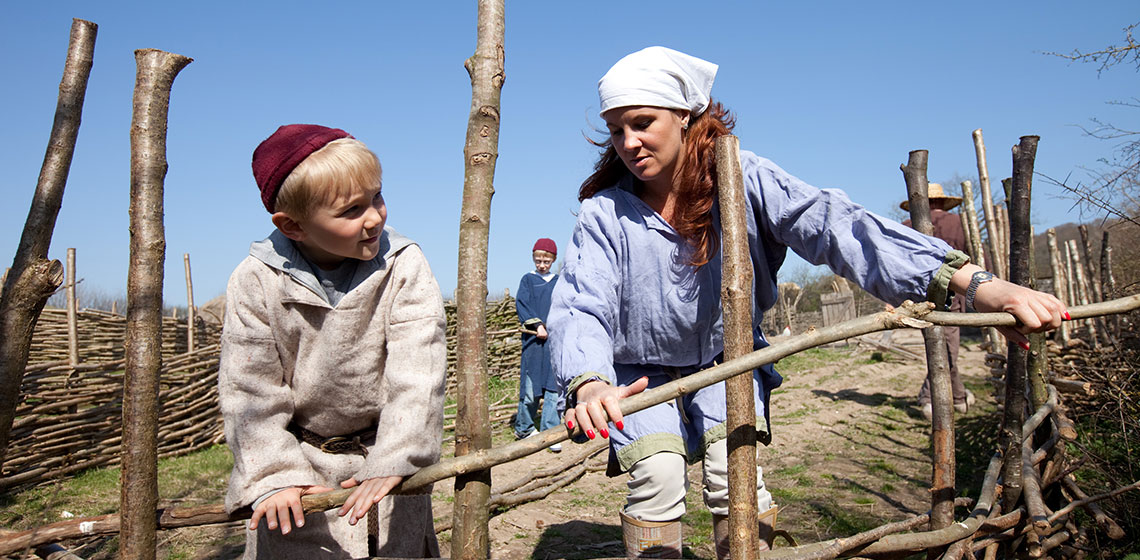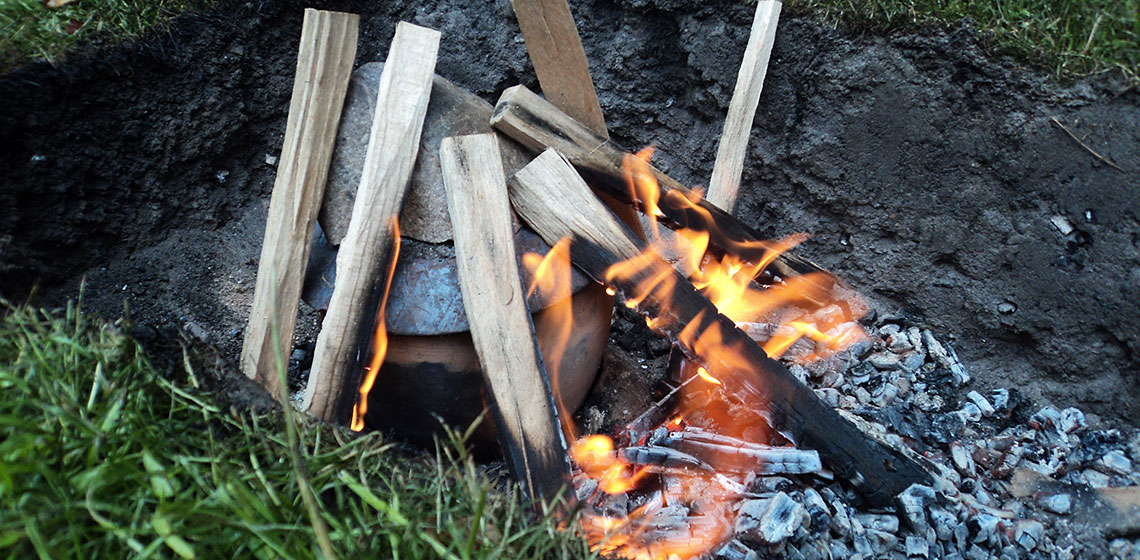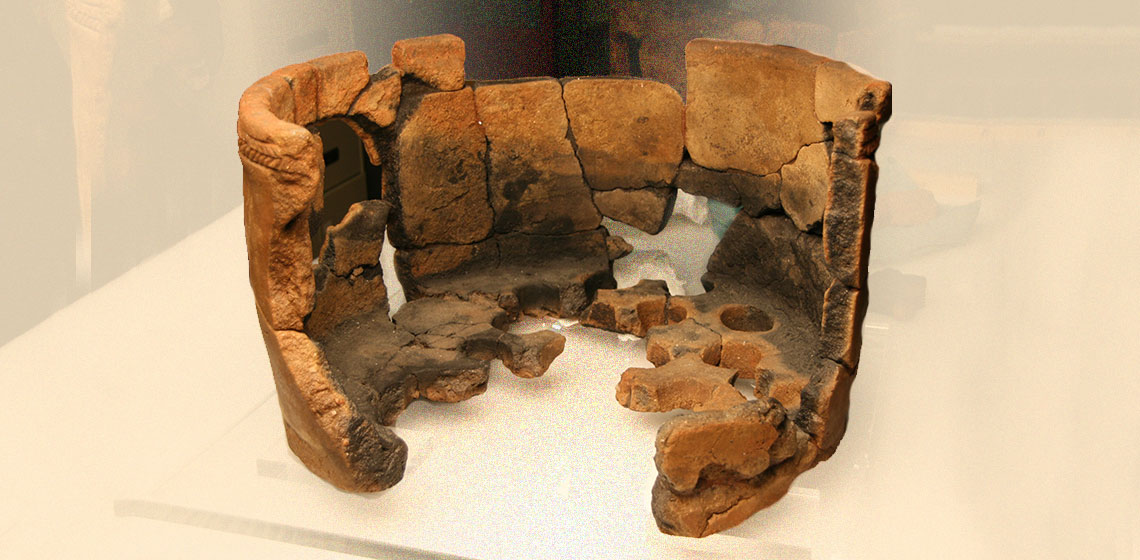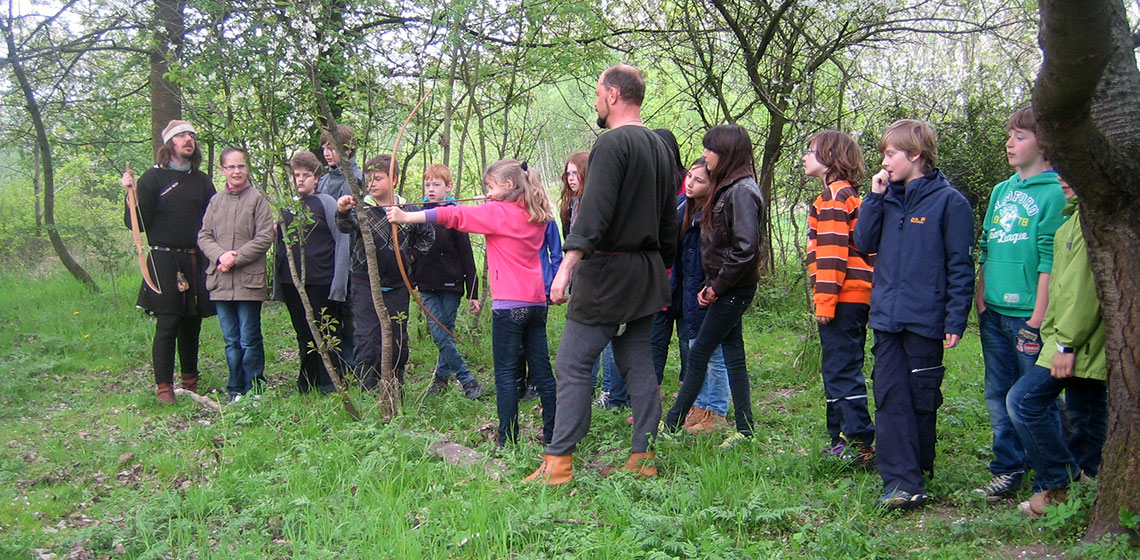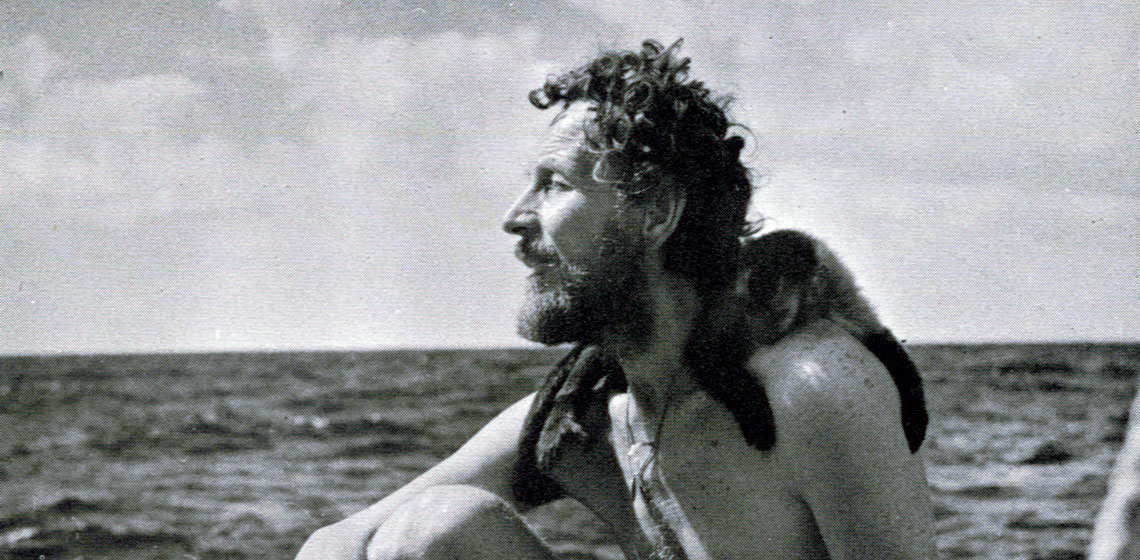Tanning, Tools, and Talking
This episode of The EXARC Show features Finally Friday guests Theresa Emmerich Kamper and Ian Dennis for “Tanning, Tools, and Talking”. Our guests this month bring a wealth of skills to the workshop, and have spent years teaching those skills.
